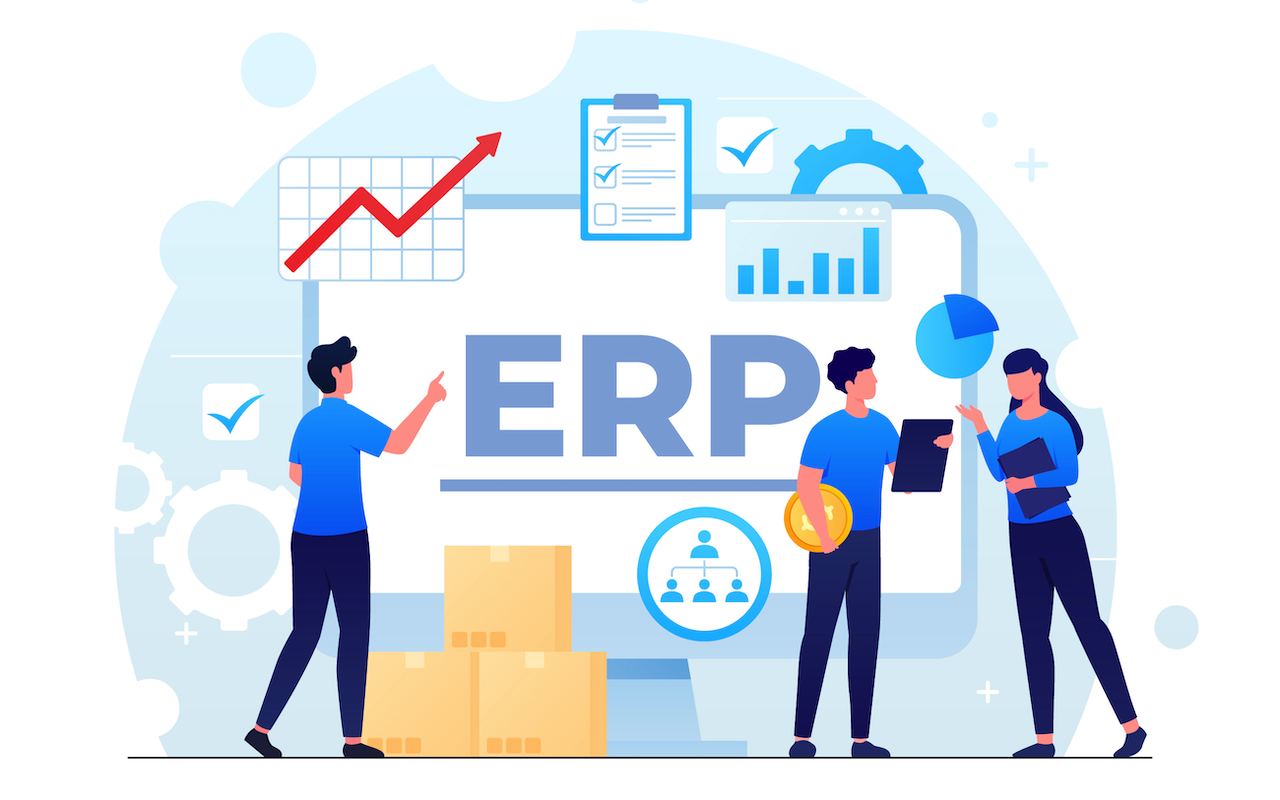
In today’s digitally connected world, cyber threats have grown in both volume and sophistication. Businesses, large or small, must proactively defend their digital assets and infrastructure to avoid operational disruption, data loss, and regulatory penalties. One of the most effective ways to protect your business is to get a professional security audit that uncovers weaknesses before attackers do.
This article explores what a professional security audit entails, the different types available, and how organizations benefit from incorporating audits into their broader cybersecurity and compliance strategies.
What Is a Professional Security Audit?
A professional security audit is a comprehensive evaluation of your organization’s IT systems, physical infrastructure, policies, and procedures to assess vulnerabilities, compliance gaps, and risks. It identifies how well your systems are protected against internal and external threats, offering clear remediation strategies to mitigate exposure.
Unlike a one-time penetration test, a security audit is methodical, standardized, and aligned with regulatory frameworks like ISO 27001, NIST, HIPAA, PCI DSS, or SOC 2, depending on the industry and business needs.
Types of Security Audits
Different types of audits focus on various aspects of your security posture. Selecting the right type depends on your infrastructure, regulatory obligations, and business objectives.
1. IT and Cybersecurity Audits
These audits focus on digital infrastructure, such as servers, networks, cloud systems, firewalls, and endpoint devices. They evaluate:
- Patch and vulnerability management
- User access controls
- Firewall and intrusion detection systems
- Data encryption practices
- SIEM integration
2. Compliance and Risk-Based Audits
These are designed to benchmark your systems against industry-specific frameworks and laws:
- HIPAA for healthcare
- PCI DSS for payment processing
- ISO 27001 and NIST CSF for enterprise security
- GDPR and CCPA for data privacy
A risk-based audit also includes threat modeling and business impact assessments to align with organizational goals.
3. Penetration Testing and Vulnerability Assessments
Often bundled with audits, these involve ethical hackers simulating attacks to identify exploitable weaknesses. Some providers include red teaming and social engineering testing.
4. Physical Security Audits
Companies like USSISA specialize in evaluating facility vulnerabilities, including access control systems, security personnel readiness, and exposure to neighborhood crime trends. These are vital for retail, campuses, or any location where physical threats matter.
How a Security Audit Works: Step-by-Step Process
While the exact process may vary by provider, most professional audits follow this structure:
1. Scoping & Planning
- Define audit scope based on business assets, regulatory goals, and risk profile
- Inventory all digital and physical assets
2. Data Collection and Testing
- Use automated tools and manual inspection to identify configuration errors, missing patches, or exposed endpoints
- Perform penetration tests, vulnerability scans, or simulate social engineering attacks
3. Risk Analysis
- Map discovered vulnerabilities to potential impacts
- Classify risks based on severity, exploitability, and business importance
4. Compliance Benchmarking
- Evaluate alignment with applicable regulatory standards and security frameworks
5. Audit Report and Remediation Roadmap
- Detailed findings categorized by risk level
- Actionable next steps, including budgeting and project timelines
6. Follow-Up and Monitoring
- Optional GRC (Governance, Risk, and Compliance) services to maintain continuous improvement
Choosing the Right Security Audit Partner
When selecting a provider, consider the following criteria:
| Criteria | Why It Matters |
|---|---|
| Industry Certifications | Look for ISO 27001, SOC 2 Type II, or CEH teams |
| Global Experience | Providers like CyberSecOp and ScienceSoft work with diverse industries worldwide |
| Compliance Specialization | Essential if your organization is subject to HIPAA, PCI, or GDPR |
| Integrated Services | Ensure the provider offers audits plus remediation support |
| Client Testimonials | Gauge reliability and real-world value delivery |
ScienceSoft, for instance, blends deep technical testing with quick turnarounds and serves over 70 countries. Insight Assurance excels at combining cybersecurity assessments with formal audit readiness—ideal for SOC or ISO certification. USSISA offers unmatched physical security evaluation.
Benefits of a Security Audit
Conducting regular security audits delivers strategic and operational advantages:
- Prevents Data Breaches: Identifies vulnerabilities before hackers do
- Ensures Compliance: Avoids fines and penalties by meeting regulatory mandates
- Builds Trust: Demonstrates accountability to clients and stakeholders
- Improves Incident Response: Offers clearer insights into gaps in preparedness
- Supports Insurance and Legal Defense: Serves as evidence of due diligence in the event of litigation or audit review
Why You Should Get a Professional Security Audit Now
Cyberattacks cost businesses over $10 trillion globally in 2025. As digital transformation accelerates, every unmanaged device or untrained employee becomes a potential entry point for attackers. A professional security audit is not a luxury; it’s a baseline requirement for digital operations today.
Whether you're a startup preparing for funding, a mid-sized firm scaling to new regions, or an enterprise aiming for SOC 2 compliance, now is the time to get a professional security audit and proactively defend your digital ecosystem.
Wrapping Up: A Strategic Imperative
Cybersecurity is an ongoing journey, not a one-time fix. A professional security audit provides a critical snapshot of your current defenses and a roadmap to future resilience. With the rising complexity of threats, organizations must shift from reactive protection to strategic prevention.
Don’t wait for a breach to realize the importance of cybersecurity hygiene. Partner with experienced auditors, understand your risks, and protect your business before it’s too late.
Featured Image by Freepik.
Share this post
Leave a comment
All comments are moderated. Spammy and bot submitted comments are deleted. Please submit the comments that are helpful to others, and we'll approve your comments. A comment that includes outbound link will only be approved if the content is relevant to the topic, and has some value to our readers.




Comments (0)
No comment